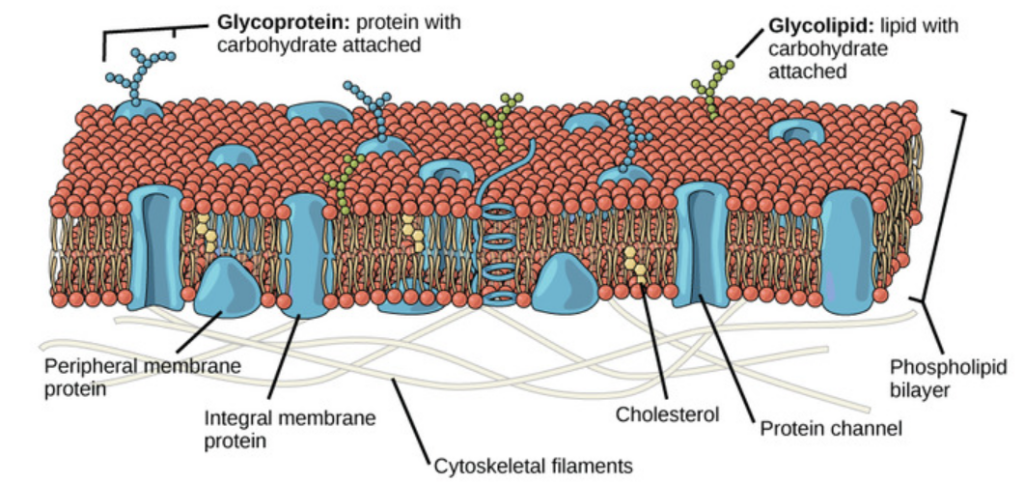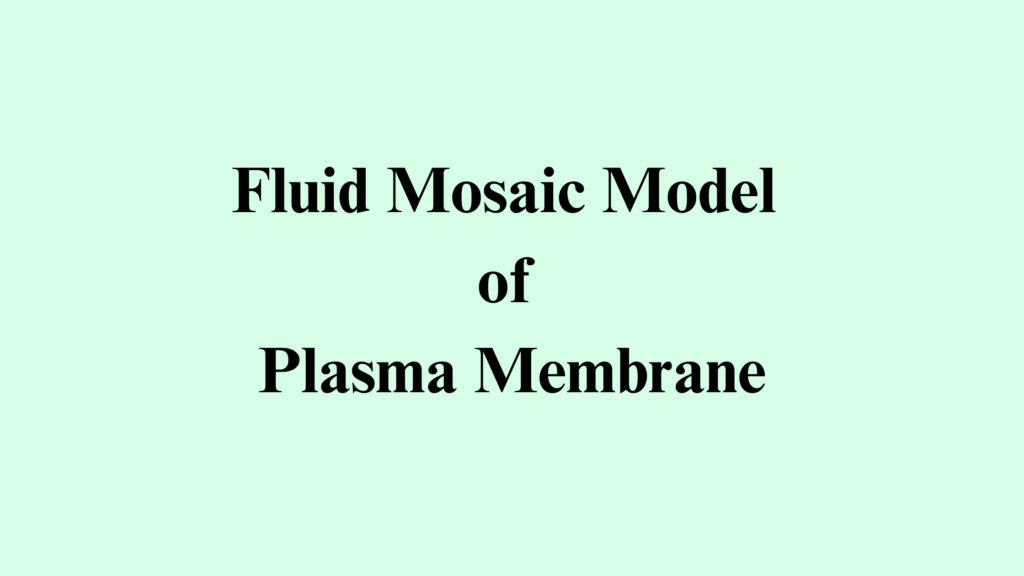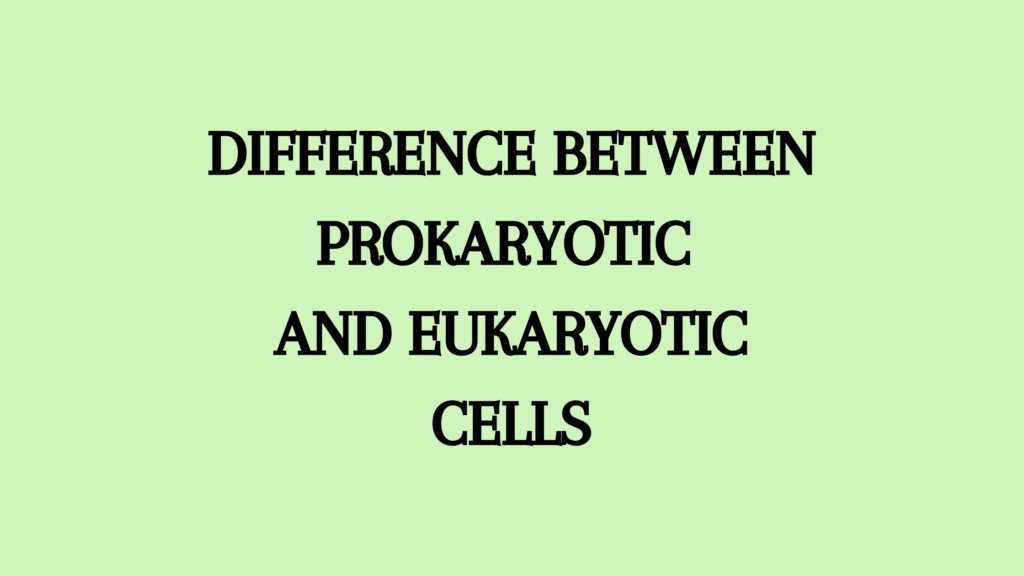The plasma membrane is also called the cell membrane, cytoplasmic membrane, and plasmalemma. the fluid mosaic model of plasma membrane is the most widely accepted stcuture of this membrane.
Every living organism has a plasma membrane protecting its cells. The plasma membrane is the physical barrier of a cell that separates the cytoplasm from the external cellular environment.
It is a living, ultrathin, dynamic, elastic, and selectively permeable barrier. It helps control the intrusion of nutrients into the cytoplasm and the exit of waste materials and other inclusions from the cytoplasm.
Chemical Composition of Cell Membrane
The basic composition of plasma membranes is lipids, proteins, and carbohydrates. The actual percentage of each of these components varies with the organism. Generally, the plasma membrane has nearly 50% lipids, 40% proteins, and 10% carbohydrates.
Lipids
The plasma membrane contains four classes of lipids that are amphipathic in nature with hydrophilic and hydrophobic ends. The proportion of these lipids will be different for different membranes.
- Phospholipids are the most abundant.
- Acidic phospholipids such as sphingomyelin are 20%.
- Neutral phospholipids like phosphatidyl choline and phosphatidyl serine are 80%.
- The other lipids include sphingolipids, glycolipids and sterols.
- Sterols include cholesterol.
- The mammalian plasma membrane is abundant in cholesterol.
- Cardiolipin is seen only in mitochondrial membranes.
Proteins
The amount of protein in the plasma membrane differs with the type of cell and organelle. According to the position of proteins in plasma membranes, proteins are of two types- integral and peripheral.
Peripheral Proteins
- The peripheral proteins are located superficially and do not always cover the entire surface of the phospholipid matrix.
- They are loosely packed on the cytoplasmic surface of the plasma membrane and can be easily extracted.
Integral Proteins
- Integral or intrinsic proteins lie within the lipid bilayer, extending from the cytoplasm to the extracytoplasmic surface of the plasma membrane.
- They are embedded in the phospholipid matrix.
- They are tightly held in place by strong hydrophilic and hydrophobic interrelations or both.
- This is due to the presence of polar heads and nonpolar tails of lipid molecules which are difficult to remove from the membrane.
Based on their function membrane proteins are of three types – structural proteins, enzymes, and transport proteins. Some proteins may act as antigens, regulatory molecules, receptor molecules, etc.
- Structural proteins form the bulk of the plasma membrane and are lipophilic.
- Enzymes are ectoenzyme or endoenzymes.
- Transport proteins transport specific molecules across the membrane and other membranes of organelles.
Functions of Proteins in Plasma Membrane
Proteins provide the structural and functional specificity to cell membranes. Moreover, proteins freely shift sideways in the fluid lipid matrix to make the membrane flexible and dynamic. Therefore, the authors of the fluid mosaic theory described cell membranes as protein icebergs in the sea of lipids.
Carbohydrates
Carbohydrates are seen in the plasma membrane as branched or unbranched oligosaccharides. They may be attached to the phospholipids or the ecto proteins forming glycolipids or glycoproteins respectively.
Fluid Mosaic Model of Plasma Membrane
In 1972, Singer and Nicholson proposed the fluid mosaic model for plasma membrane structure. According to this model, the cell membrane has a highly viscous fluid mosaic matrix of two layers of phospholipid molecules having globular proteins associated with them.

- The phospholipid molecules have polar heads directed outwards and non-polar tails pointing inwards.
- This arrangement forms a water-resistant barrier that allows entry only to lipid materials.
- The phospholipid bilayer is 35°A thick and each protein layer is 20°A.
- Some integral proteins are very large molecules that lie throughout the phospholipid matrix and project on both surfaces.
- These are often called transmembrane or tunnel proteins. These are believed to have channels for passage of water-soluble materials.
- Other integral proteins have small molecules in the outer or inner layer of phospholipid molecules and project on one surface only.
Fluidity of Plasma Membrane
The plasma membrane contains oriented lipids that can undergo lateral diffusion. The lipid bilayer plays a dual role of being a solvent for integral membrane proteins and a semi-permeable barrier for other molecules. The passage of integral proteins is via lateral diffusion. These lipid molecules can undergo spontaneous rotation from one face of the membrane to another. This process is called transverse diffusion or flip-flop.
The fluidity of the plasma membrane is due to the lipid bilayer. This lipid bilayer is formed of phospholipids that have their fatty acyl tails towards the interior.
The fluidity depends on these fatty acyl tails. If these are formed of short unsaturated fatty acid chains with plenty of double bonds, it increases the fluidity of the membrane. These short unsaturated fatty acids turn liquidy even in low temperature which increases the fluidity of the plasma membrane.
On the other hand, long saturated fatty acid chains tend to make a gel-like state at low temperatures. Due to this, cells of organisms living in low-temperature conditions will have more amount of short unsaturated fatty acids in their plasma membrane.
Role of Cholesterol in Maintaining Fluidity of Plasma Membrane
In eukaryotes, there will be one cholesterol molecule for one phospholipid and they orient themselves to be close to the polar heads. This helps immobilize the hydrocarbons in their area while making the remaining part of the phospholipid flexible.
- Cholesterol prevents phase transition and crystallization.
- It also reduces permeability to water molecules and maintains the fluidity as well as mechanical stability of the plasma membrane.
Functions of Cell Membrane
The plasma membrane functions as a barrier between the intracellular and extracellular fluids.
Apart from this, the plasma membrane has other physiological functions as mentioned below.
- Maintain the integrity of the cell by forming a selective barrier between the cell and its surroundings.
- Helps to increase the surface areas by developing fingerlike projections (microvilli)
- Pinocytotic vesicles developed in the cell membrane of plants and animals help in the transport of materials into the cell.
- Helps in the excretion of waste products from cells to the exterior (exocytosis).
- Semi-permeable membrane which allows only water but no solute particle to pass through them. This is very special to the plant cells.
- The plasma membrane of the unfertilized egg of certain fishes allows nothing to pass through it except gasses. Such plasma membranes can be called impermeable plasma membranes.
- Exosmosis, endosmosis, and plasmolysis etc are in connection with plasma membranes.
- Active and passive transport and diffusion occur through plasma membranes depending on different concentrations.
References
- Agarwal, P. V. |. V. (2004). Cell biology, genetics, molecular biology, evolution and ecology: Evolution and Ecology. S. Chand Publishing.
- Components and Structure – Fluid Mosaic Model




